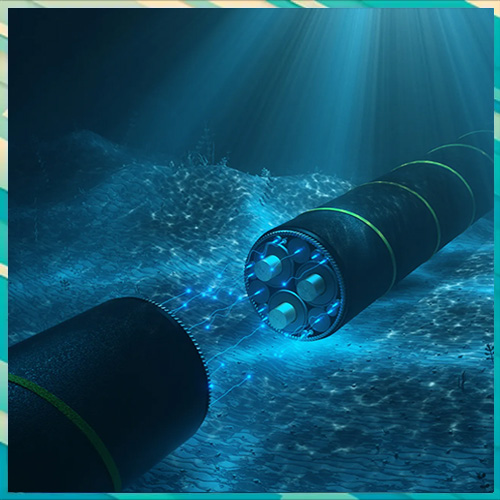
The Red Sea is a critical chokepoint for internet infrastructure.
The loss of these primary long-haul cables overloaded alternate routes, causing increased latency, packet loss, and degraded performance.
Repair efforts are complicated, requiring weeks, due to limited repair ships and the region’s geopolitical sensitivity.
On September 6, 2025, multiple undersea cable cuts in the Red Sea severely disrupted global internet traffic, affecting businesses and cloud users across Europe, Asia, and the Middle East.
Two key systems—SEA-ME-WE-4 and IMEWE—were severed, forcing major providers like Microsoft to reroute network traffic.
Microsoft confirmed that Azure users dependent on the affected region experienced interruptions and higher latency.
While services were rerouted through longer paths, workloads and applications relying on Asia–Europe connectivity slowed considerably.
Users across India, Pakistan, UAE, and beyond reported slow internet speeds, cloud delays, and disruptions to workflows, large file transfers, and online gaming.
Even enterprises with cross-regional supply chains felt the impact.
This is not the first such incident. Cable cuts in February 2024 and January 2025 similarly disrupted up to 70% of Europe–Asia data flow.
These recurring failures highlight the urgent need for resilient global connectivity, with greater redundancy and diversified routing strategies to protect against single-point chokepoint vulnerabilities.
See What’s Next in Tech With the Fast Forward Newsletter
Tweets From @varindiamag
Nothing to see here - yet
When they Tweet, their Tweets will show up here.





























